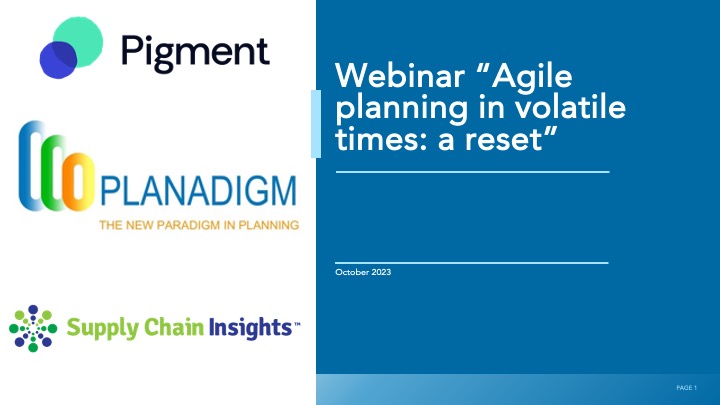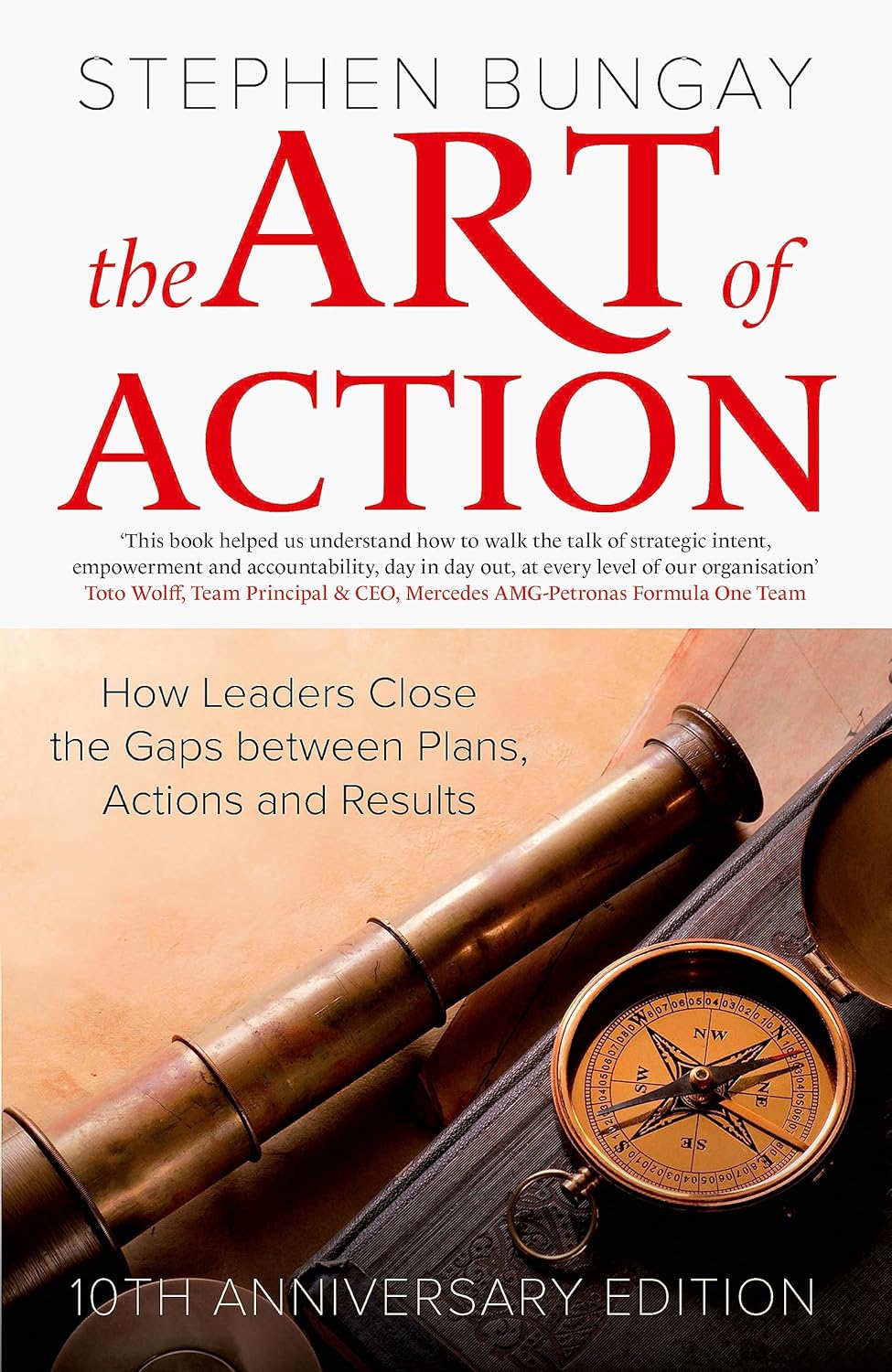We do not value Supply Chain enough!
Introduction
In a recent research done by EY, 88% of C-suite executives view supply chain primarily as a cost center (https://www.ey.com/en_us/services/supply-chain/boosting-growth-supply-chains-role). This number went down during COVID, but has been rising since then and is now at a stunning 88%. To rephrase the outcome of the EY survey and let it sink in: 9 out of 10 C-suite executives think of supply chain as a cost center!
Supply chain as a cost center
How on earth is that possible? As C-suite executive you run a company that sells a product. You want to have the best quality for your product or the lowest price to keep your customers happy and stay with you. To source, manufacture, store, deliver the product to your end customer, you need supply chains. So how can it be seen as a cost center, instead of a value add center? And in most cases, investments in cost centers are limited unless the investment adds value over time. Based on this outcome, it seems that investment in supply chains will be limited and are not a top priority of C-suite executives.
And that is a shame, because supply chains are much needed in the process to add value to your end product, to satisfy your customers and create a profitable organisation. Limited investment in supply chains will result in the long term in a decline in service, value add and even an addition to the costs involved due to the inefficiencies. Supply chains are the operational core of your organisation, the beating mechanism that creates the required output at the right time, the right place and the right price. Without an efficient supply chain, all the above will not be achieved, resulting in a decline in sales or even bankruptcy. And efficient supply chains needs investments: in people, technology, software, relationships. Seeing your supply chain as a cost center does not add value at all!

Supply chain as part of the value chain
Is there a way to turn this C-suite executives view on supply chains around? We think there is and it can be achieved in several ways:
- Embed supply chain in your strategy
- Make supply chain executives part of your C-suite
- Talk the same language
Embed supply chain in your strategy
The best option to value your supply chain, is to make it an active part of your strategy. If the strategy of an organisation takes supply chain as one of the vehicles to create value for your customers, the connection to C-suite executives is embedded in the strategy. From this strategy, the financial forward looking plans are created, 3 to 5 years out. These plans are translated into operational plans, from HR, Marketing & Sales and Supply Chain! Based on actual performance, the organisation creates short feedback loops (monthly cadence) to check if the company is still on track with the financial plan as well as strategy.
Let’s support the above with an example: the strategy of the organisation is set to become more efficient, do more with less resources. This can be achieved by automating more of the (supply chain) processes to become less reliant on human resources. The decision is made to automate part of the supply chain process with the introduction of robots. This decision has an impact on the financial plans: an investment needs to be made for the acquisition and implementation of robots, training of staff and setting up a maintenance team. But once installed and up and running, the production process starts to become more efficient, resulting in more output (24/7 production) and at a higher quality. That could lead to more sales and even at higher prices (higher quality).
Make supply chain executives part of your C-suite
During COVID, we did see the importance of supply chain increase dramatically. Old ways of working were disrupted, new ways to be found. A new equilibrium was to be found in the chaos of shortages, price increases and unexpected demand patterns. Supply chain was part of the C-suite decision making, to make sure that raw materials were available or alternatives were bought, production was increased to support the higher demand and health and safety of the workforce was guaranteed.
After COVID, when supply chains stabilised in a sense, supply chain professionals forgot to secure their position at the C-suite. Things went back to normal and supply chain professionals needed to bring their information via others to the C-suite, being a CFO or COO. Much of the importance, issues and challenges will get lost in that translation (see below). To value your supply chain and use it as a competitive advantage, supply chain needs to take place in your C-suite. The Chief Supply Chain Officer (CSCO) needs to be part of the regular C-suite meetings and have a say in the decisions made. If that is embedded in your strategy (see above), you will reap the most benefits.
Talk the same language
Supply chain professionals do not talk Finance. And Finance does not talk supply chain. Each function has it owns specifics, goals, targets, abbreviations and characteristics. And the two can conflict. To give an example: Finance might want to reduce the stock levels, too much capital invested that can not be used for other investments. Supply chain wants to hit specific service level agreements and for that, certain levels of stocks are required. When these different functions start to speak each others language, it is much easier to understand specific decisions and the impact of these decisions and to have a mature discussion.
We know that Finance will never speak 100% supply chain or vice versa, but one way to bring these functions closer to each other is the introduction of Objectives and Key Results (OKR). In this process, the strategic direction is translated into financial and operational plans and broken down into functional objectives and key performance indicators (KPI) that should lead up to the aggregate required result (OKR). In this way, the top-down approach makes sure everyone is aligned from a strategic perspective and bottom-up the translation to functional objectives and the feedback loop to be able to track performance. Supported by transparent and up to date dashboards, everyone can see at a glimpse the direction the company is going and where intervention is needed.
Conclusion
The research showing that 88% of C-suite executives view supply chain primarily as a cost center is not a good sign at all. Knowing that much of the value of organisations is achieved through supply chains and that your supply chain is one of the key differentiators to set your organisation apart from competition, supply chain should be seen as a center of value add! And that can be achieved by adding the CSCO (Chief Supply Chain Officer) or the Chief Operation Officer) back to the C-suite. This will make sure that the supply chain gets the attention it needs and is embedded into the strategy and strategic decisions made.
If that strategic direction is translated into financial plans and supply chain plans that are aligned, the benefits for an organisation will be huge. Increased quality of your output, increased output, less costs, first time right, increased sales (less lost sales), improved stock levels, increased customer satisfaction…to name a few. Being competitive needs to be supported by all functions in an organisation. Perceiving supply chain as a cost center does not help to become and stay competitive and will erode your organisation in the long run.
This blog post is our opinion and vision on the importance of supply chains, the added value it can bring and the competitive advantage well organised and run supply chains can bring. We are happy to receive your feedback if you belong to the 9 out of 10 C-suite executives that think otherwise, that indeed supply chain is a cost center. Challenge our thinking, happy to discuss!



